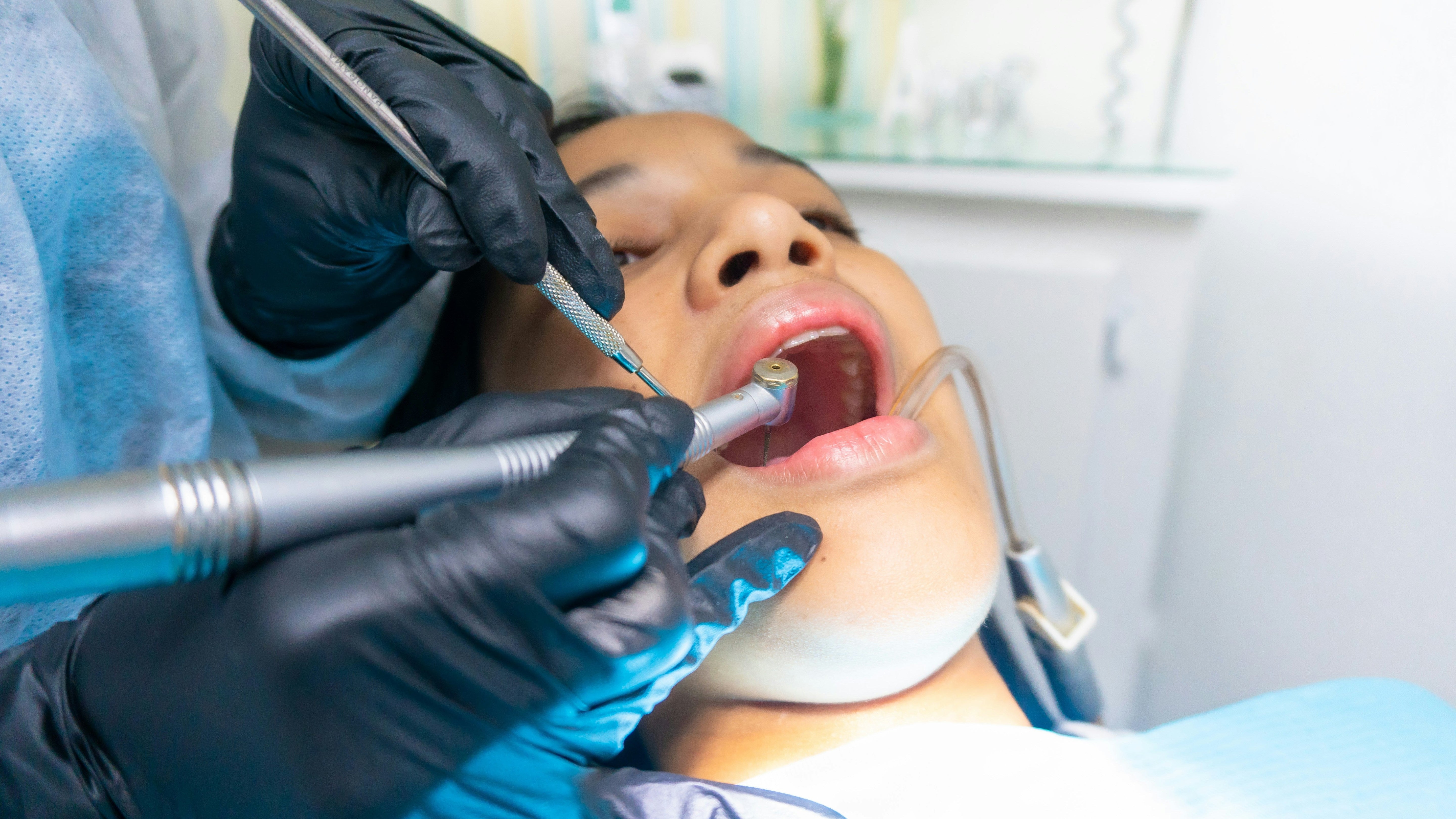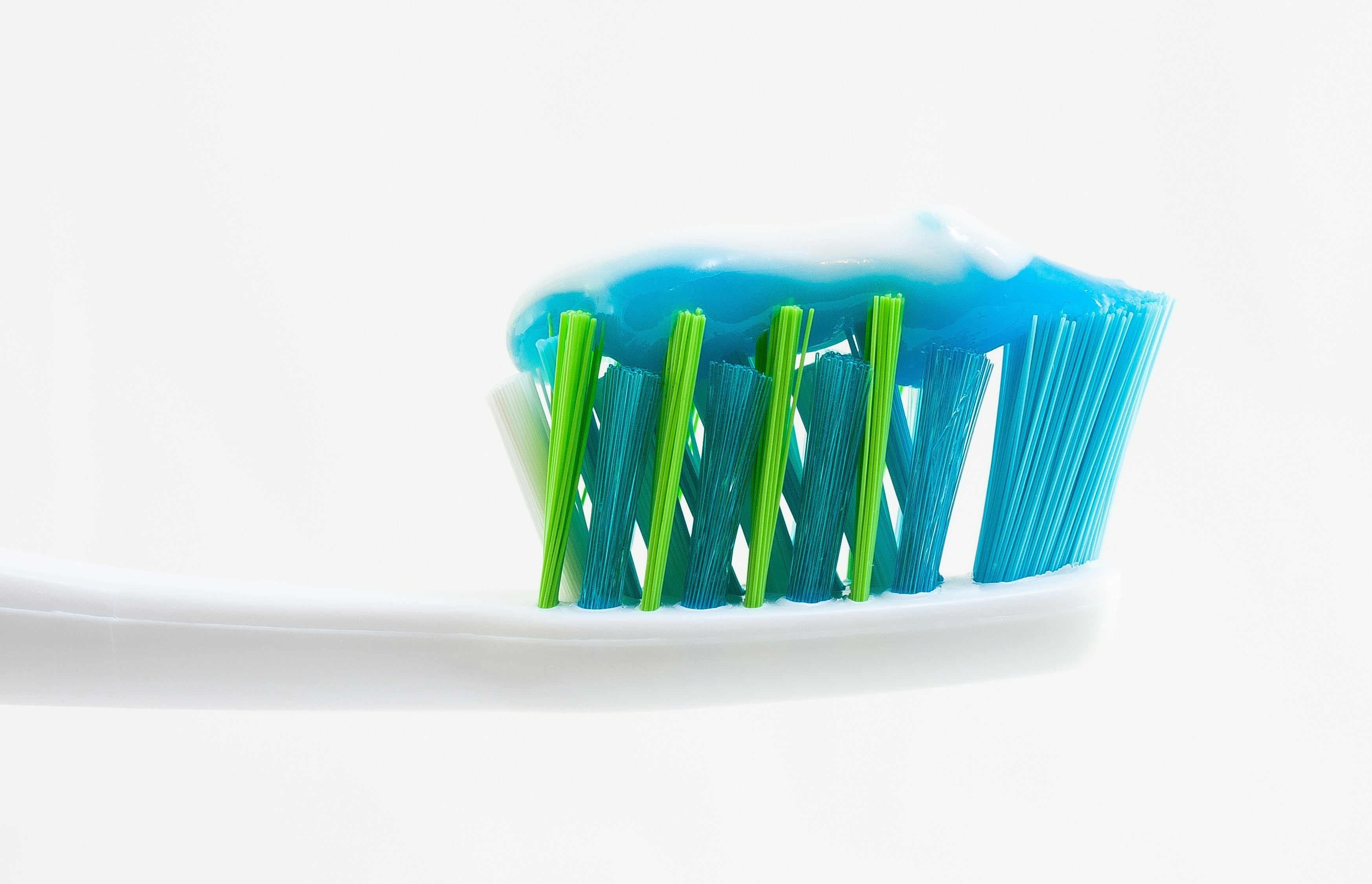Many people are not really satisfied with the color of their teeth. They struggle with the yellowish shimmer, and in the worst case even stop smiling because it is not radiant white and they do not want to show their discolored teeth to anyone.
Whether your teeth are actually brilliant white or rather yellowish depends on various factors. Some of them you can definitely influence.
Basically, the color of a tooth is determined by the dentin. This is often not white, but darker. People with a genetic predisposition to dark dentin can therefore never naturally have brilliant white teeth.
However, the natural tooth color can be additionally discolored - and you can influence this discoloration. The dentist basically distinguishes between external and internal causes.
Causes of tooth discoloration
Due to external influences, in technical terms extrinsic, discoloration is often caused by plaque and tartar, which make the surface of the teeth rougher so that discoloration adheres better. This is especially true when eating certain foods and stimulants, such as cigarettes, coffee, tea, red wine, fruit juices, cola or spices (saffron, curry). Some medications, such as antibiotics containing tetracyclines, can also be a reason for external discoloration. The same applies to taking iron as a dietary supplement. Medical mouthwashes containing chlorhexidine or stannous fluoride can also negatively affect the color of the teeth if used for a long time.
Internal, so-called intrinsic discolorations originate in the inner tooth. These include, for example, caries, dental accidents, disorders during tooth development, mineralization disorders, dead tooth nerves or root canal treatment.
External tooth discoloration is usually not a medical problem, but a cosmetic one. The discolorations look unaesthetic, but are harmless to health. Basically, it is recommended to have the reason of the tooth discoloration clarified by a dentist, also to exclude possible internal causes that represent a health problem.
What you can do against tooth discoloration
Have external discoloration removed as part of a professional teeth cleaning. Afterwards, you will be able to enjoy your natural tooth color for a long time if you practice careful oral hygiene:
Brush your teeth at least twice a day and make sure you use a correct brushing technique. We recommend using an electric toothbrush, which is more forgiving of brushing errors than a manual toothbrush. Also use dental floss or interdental brushes to clean the spaces between your teeth and complete your daily oral hygiene with a mouth rinse.
If you also limit the consumption of the above-mentioned foods and beverages, or even avoid them altogether, tooth stains will not stand a chance in the near future.
Finally, a word about special toothpastes that promise a whitening effect. These toothpastes contain small particles that are supposed to grind away the discoloration. However, caution is advised because the enamel can also be damaged. The same applies to the use of activated charcoal, which also promises whiter teeth.
In addition, there are products in drugstores for bleaching, i.e. chemical whitening of the teeth. However, the bleaching agents used in strips, trays or solutions are in such low doses that a visible effect is absent or at best slight.




Leave a comment
All comments are moderated before being published.
This site is protected by hCaptcha and the hCaptcha Privacy Policy and Terms of Service apply.